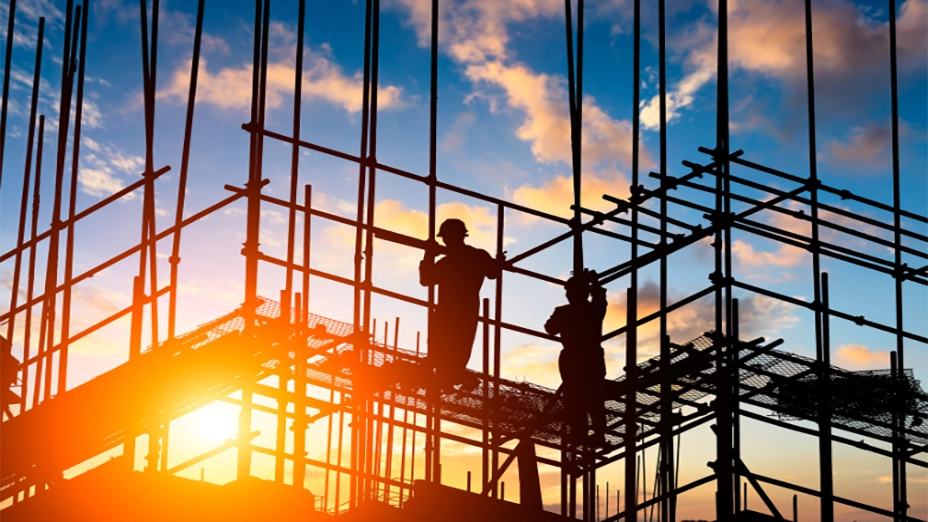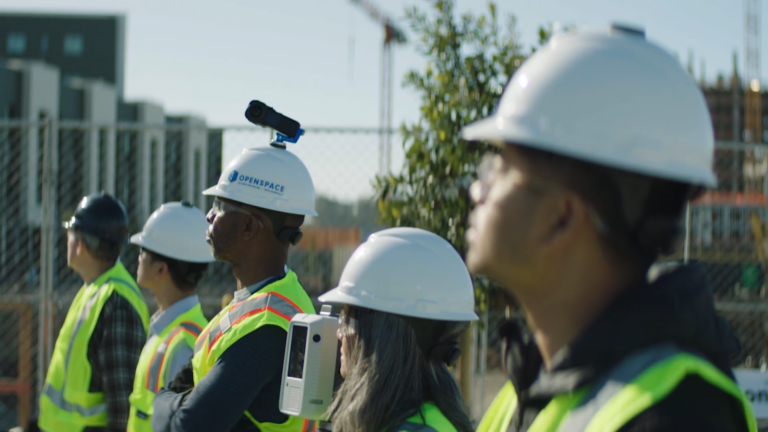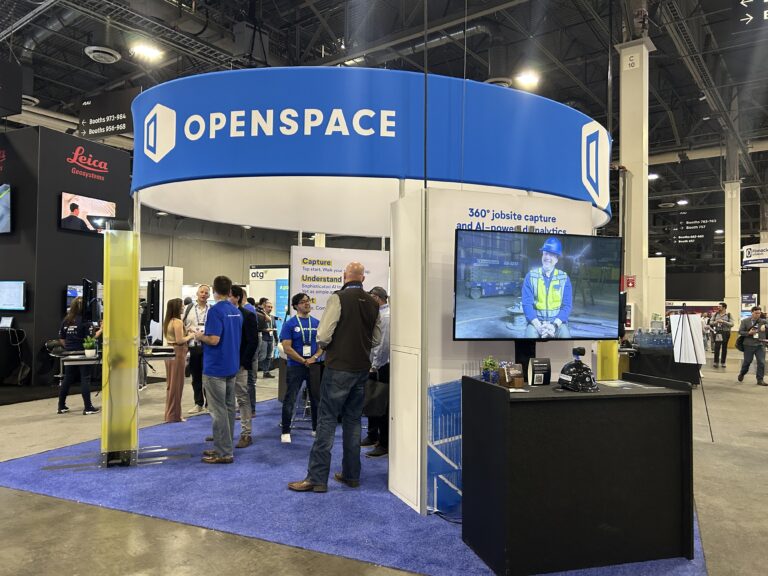Survey Results: What’s On the Horizon for the Construction Industry in 2023
January 25, 2023

In 2022, the construction industry faced many challenges, including labor shortages and economic headwinds. However, these challenges also created opportunities for new solutions and a shift in the way the industry thinks about and responds to adversity.
To gain insight into what we’ll see moving forward in 2023, we conducted a year-end survey, polling general contractors, owners, subcontractors, and others in the industry. The results forecast what’s to come and give a glimpse into the technological innovations that will take the spotlight. Below are some of the most interesting findings from our survey, paired with my predictions on the transformation, changes, and trends that we’ll see throughout 2023.
Prediction 1: Jobsite connection will be top-of-mind for builders
Historically, jobsites haven’t had access to WiFi or strong connectivity, which can make communication and in-the-moment capture uploads or downloads difficult. As more builders bring technology to the jobsite to improve processes, ensuring that there is internet access and a strong connection will be crucial.
While capture technologies, like OpenSpace, are available offline, 32% of respondents are looking forward to better jobsite WiFi or 5G connections in 2023. Over the past year, those in the construction industry have seen communication improve, with 52% stating better communication was impactful, and we’ll continue to see improvements in this area throughout the year. The result will be a more efficient, connected project with increased real-time updates and visibility into project progress.
Prediction 2: 360° cameras will continue to democratize reality capture as the leading solution for photo documentation
In 2023, we’ll continue to see 360° cameras as the primary tool for capturing jobsites. These cameras are the workhorse of site capture, helping to democratize the practice by making it accessible and easy to adopt for builders of all sizes. And it’s clear that reality capture is playing an important role for builders today: when asked what technology was the most impactful in 2022, 17% of those surveyed said better site capture (360° images, laser scanning, etc.).
While we’ll continue to see 360° cameras as the primary method of capture, other types of reality data, such as imagery captured by drones and 3D scans from mobile phones, will become more prevalent. Asked what innovations they’re most excited for this year, 47% of our survey respondents chose additional site capture technologies, like having more LiDAR scanners in personal tech (such as an iPhone), the use of drones or robots, and smaller wearable 360-degree cameras. As builders are looking for more ways to seamlessly capture their daily activities on the jobsite, additional types of reality data will build upon the foundation that has been laid by site walks with 360° cameras.
Prediction 3: Increased use of other capture forms for niche specialties to improve jobsite efficiency
In the coming years, we’ll begin to see the adoption of drones and robots for niche tasks as jobsites become more complex and the skills needed in the construction industry grow. With highly specialized robots on jobsites, builders will be able to automate time-consuming or complex tasks, allowing them to focus on more strategic responsibilities and other jobs that only a skilled human worker can complete. Additionally, drones will be used to capture areas that may be difficult for a builder to capture, such as exteriors and confined areas.
Based on our survey results, many in the industry are looking forward to seeing more drones and robots on the jobsite, with 18% stating they are excited about the use of drones or robots in the new year. However, to make the most of emerging technology, having robust site documentation will be crucial to ensure that drones and robots can accurately navigate construction sites. This will result in a more efficient, mixed jobsite—humans will make decisions and complete complex tasks, such as installing overhead MEP, and these supporting tools will utilize site capture data to complete more niche, time-consuming jobs.
Prediction 4: With economic uncertainty, data-sharing will become the norm across the construction industry
It’s clear that an uncertain economy is on builders’ minds, with 78% of survey respondents stating they have concerns about a potential downturn affecting the construction industry. With the potential for a recession, capital partners and other stakeholders will want even more transparency into projects to ensure reduced risk as well as a return on their investment. To provide this transparency, we’ll see more builders turn to reality capture and photo documentation to show stakeholders site progress and efficiency with greater certainty.
Capital partners aren’t the only ones looking to ensure a positive return—when asked what steps are being taken to prepare for a possible economic downturn, 38% of our survey respondents stated they are reducing project costs and 37% are looking to improve project efficiency. Additionally, 19% of respondents are using technology to improve operations in order to prepare for a possible recession. As the industry grapples with economic uncertainty, data-gathering tools and data-sharing will give builders and owners added confidence in their investments and lead to a new industry norm of increased transparency.
Prediction 5: Continued market consolidation across the construction tech industry in 2023
Whether through acquisitions or mergers, this past year saw consolidation across the construction tech industry. With the potential for an economic downturn looming large, we’ll continue to see this type of market consolidation into the new year.
That’s not to say that the construction tech industry is weakening; in fact, 82% of our survey’s respondents believe that technology will play some role in saving time and money in the event of an economic downturn. And 85% said that people who have previously used technology on projects are increasing their usage. But the expectations of builders and owners have increased, meaning that only the strongest technology providers with truly valuable tools will come out on the other side. Companies that are able to improve project efficiency and save owners time and money are most likely to do well. It’s unclear what exactly the economic future holds, but it’s likely that we’ll see a less saturated but stronger market by the year’s end. Despite the economic uncertainty of 2023, the construction industry has learned to adapt to the shifting landscape and will continue to develop innovative solutions.
An exciting year ahead for the industry
At OpenSpace, we’ve always been excited by change; after all, it’s one of the only constants in life. Looking into 2023, we have great optimism for what the future of the construction industry holds and the solutions that will be developed to answer market-wide challenges. We’ll continue to see innovations that propel the field even farther forward. From more impactful technology on the jobsite to better communication and project efficiency, I’m confident that over the next year, the construction industry will emerge stronger than ever. Come join us on the journey.

